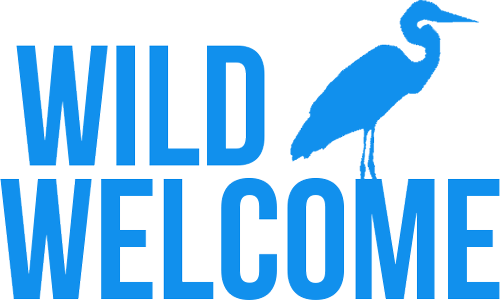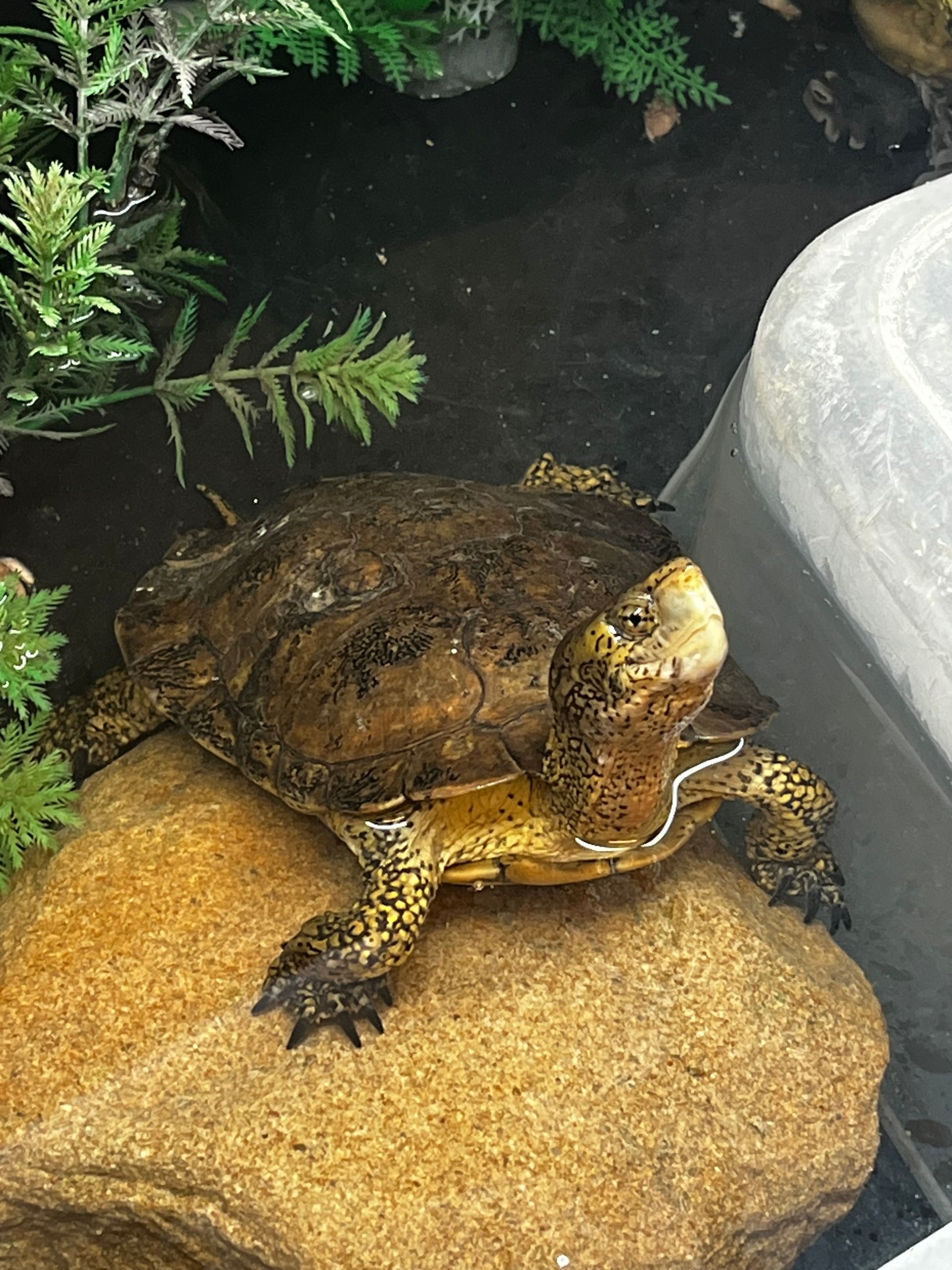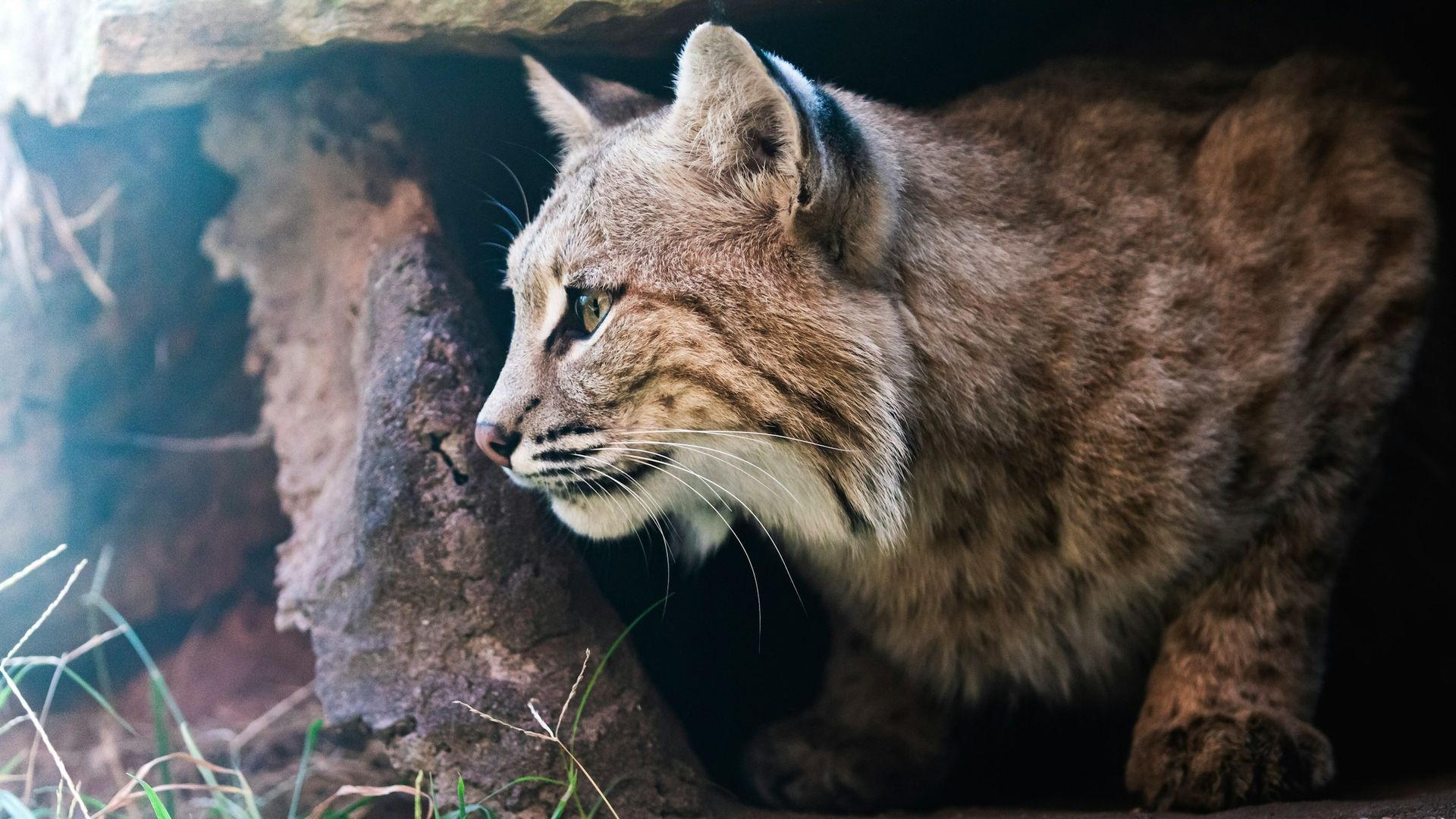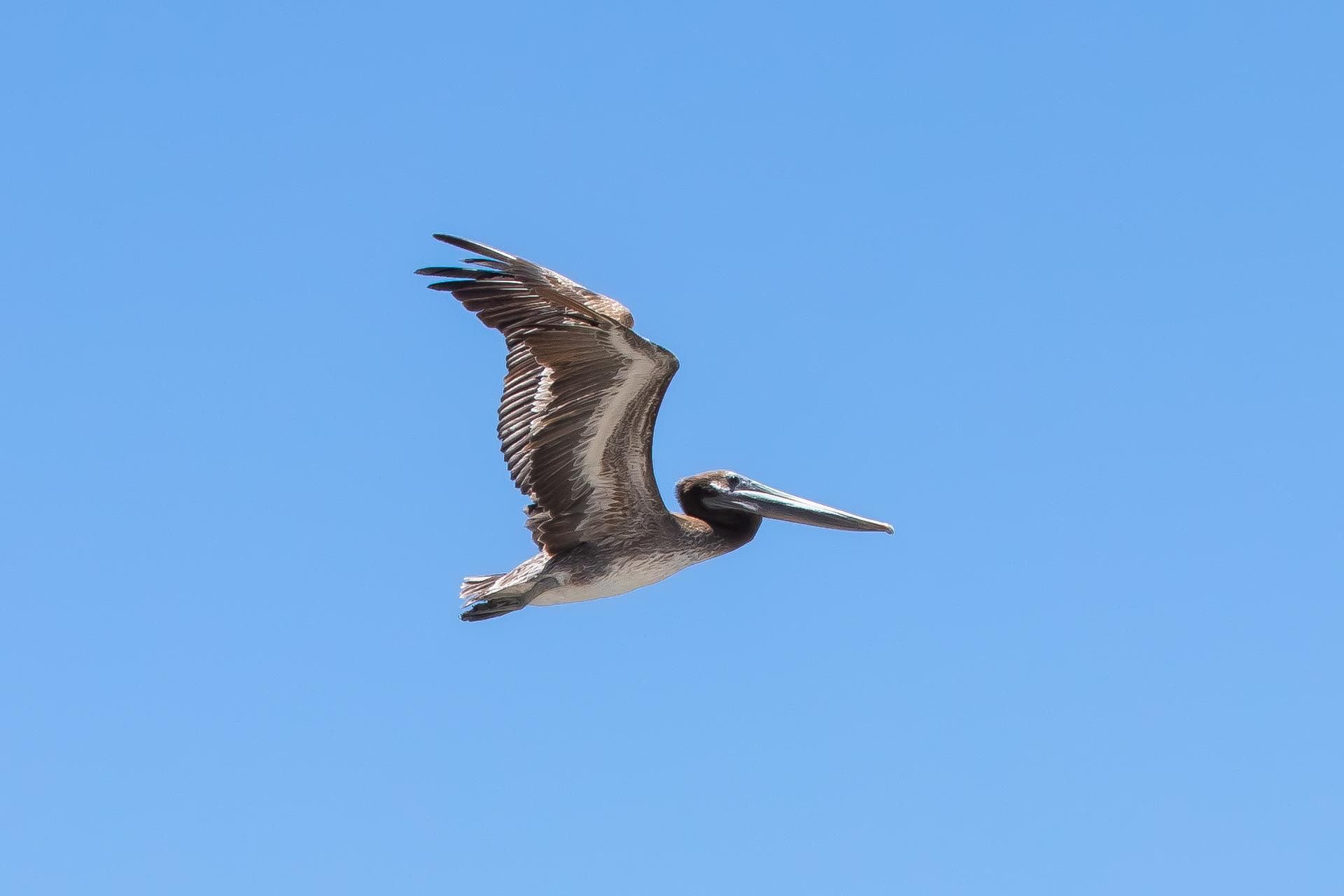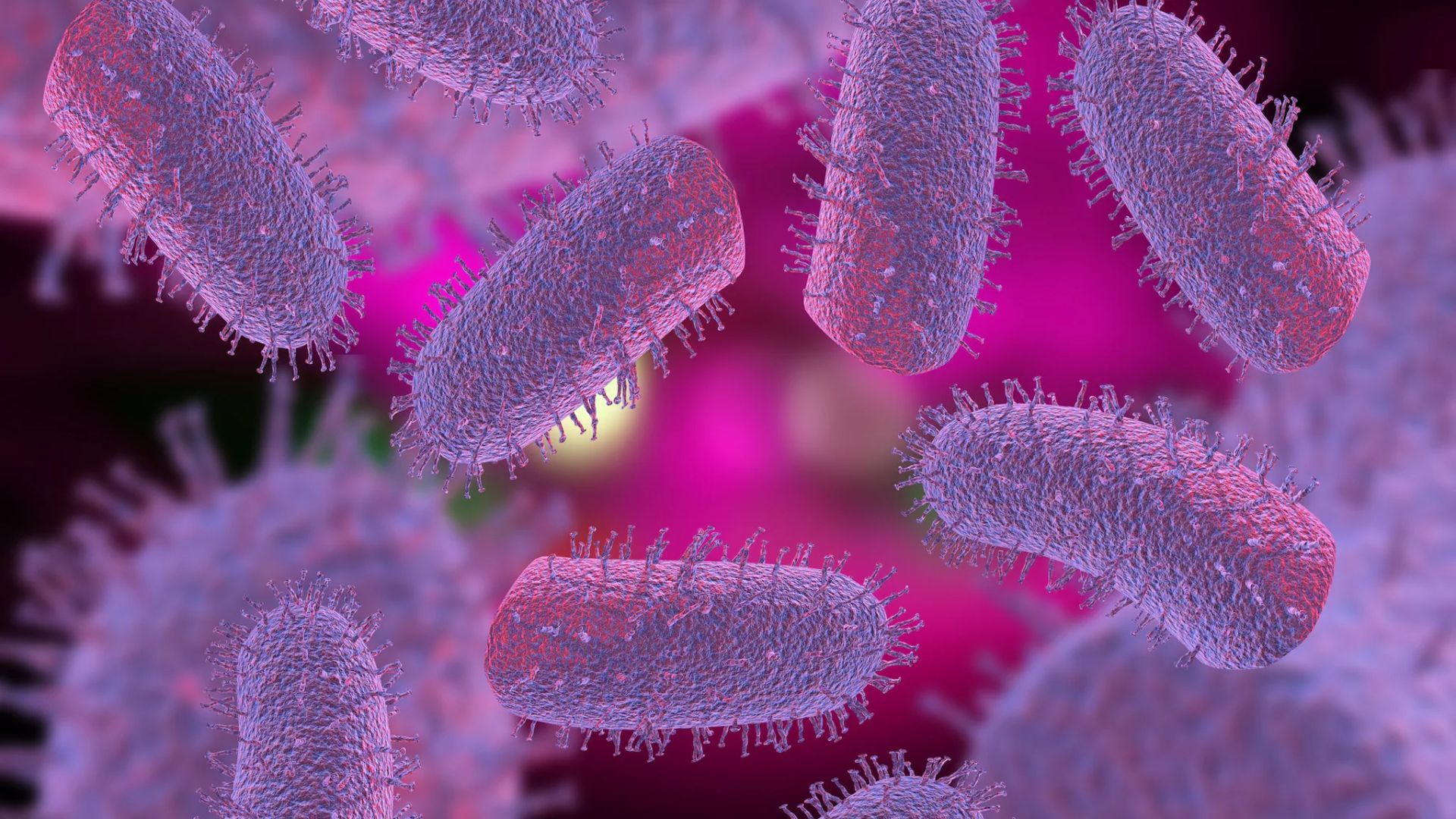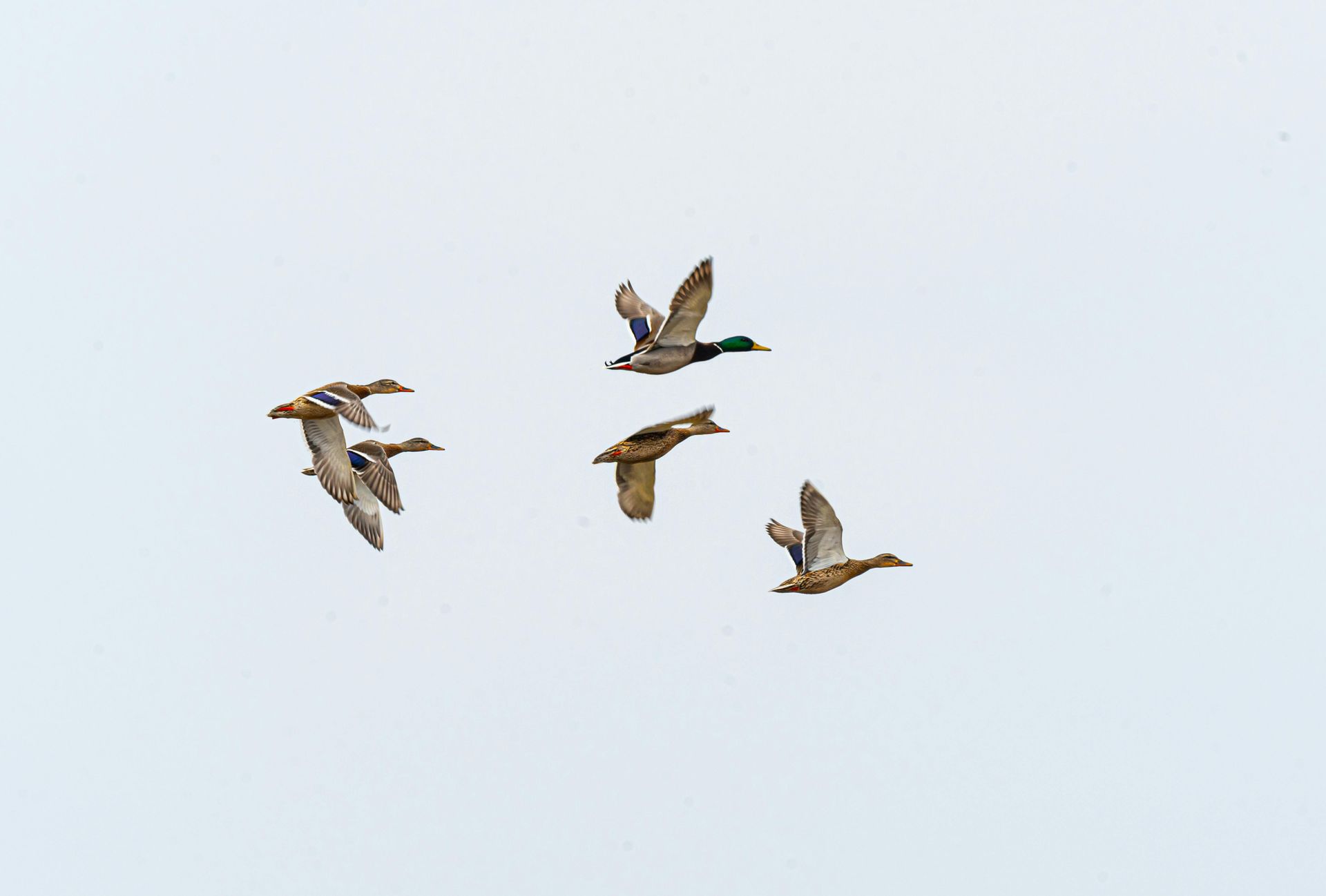THE WILD WELCOME Blog
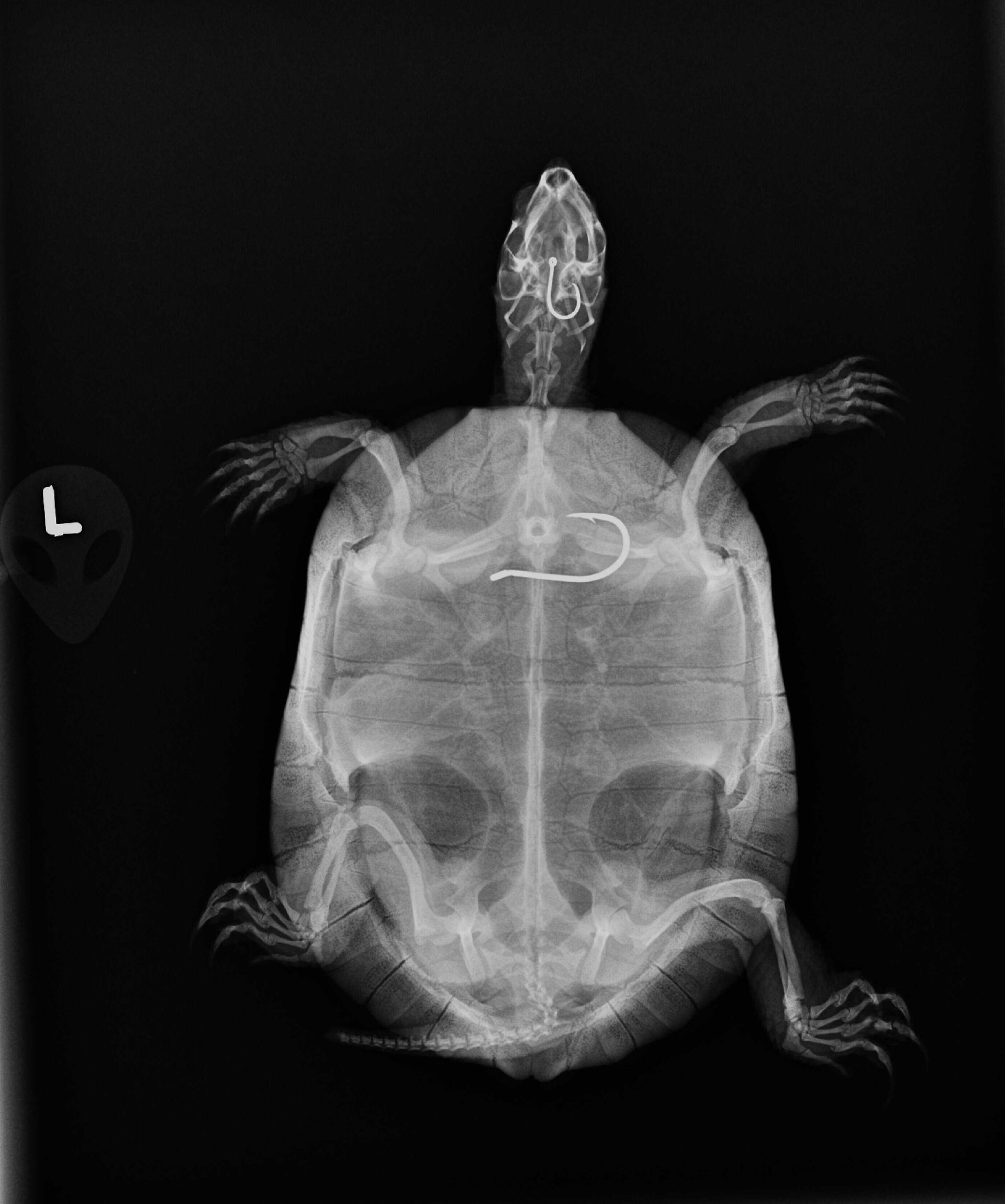
By Pam Perrimon
•
September 2, 2025
On August 7th a Western Pond Turtle, Patient 3368, was admitted to Santa Barbara Wildlife Care Network because he was found trailing fishing line from his mouth. The reporting party was worried that at the other end of the fishing line, within the turtle, was a hook. Fishing hooks are common sights in injured wildlife. Our animal care staff is constantly dealing with the aftermath of gulls or herps who are admitted with fish hooks caught on them. Patient 3368’s admittance was a sad, but overall common, occurrence at SBWCN. With banality however, comes innovation. Because fishing hooks are a common sight, staff and volunteers are attuned to the ways these tools injure wildlife. Dr Chooljian, our resident veterinarian, wasn't surprised that a western pond turtle had come in with an ingested hook and treatment was started right away. The first step of Patient 3368’s treatment was assessment. X-Rays were taken at intake to assess the hooks orientation, where the vet team found a second, larger hook, in 3368’s stomach. After this surprising discovery, Veterinary Technician Becca Mallatt, brought 3368 to our center's CT machine to confirm the orientation of the hook, as well as scan for other underlying issues that may impact the turtle's treatment plan. CT imaging a turtle came with its own challenges. Though known for their slowness, turtles still move, and anyone who has seen a medical show will be familiar with the nurse instructing a patient getting CTs to “lie still.” To mitigate turtle movement, we encouraged 3368 to be still via swaddling in a pillowcase. The CT was necessary, because aside from confirming the hook in the turtle's palate, imaging also shed light into the direction and interaction of the hooks with the turtle's body. Patient 3368 was scheduled for surgery on August 12.

By Pam Perrimon
•
September 2, 2025
On August 7th a Western Pond Turtle, Patient 3368, was admitted to Santa Barbara Wildlife Care Network because he was found trailing fishing line from his mouth. The reporting party was worried that at the other end of the fishing line, within the turtle, was a hook. Fishing hooks are common sights in injured wildlife. Our animal care staff is constantly dealing with the aftermath of gulls or herps who are admitted with fish hooks caught on them. Patient 3368’s admittance was a sad, but overall common, occurrence at SBWCN. With banality however, comes innovation. Because fishing hooks are a common sight, staff and volunteers are attuned to the ways these tools injure wildlife. Dr Chooljian, our resident veterinarian, wasn't surprised that a western pond turtle had come in with an ingested hook and treatment was started right away. The first step of Patient 3368’s treatment was assessment. X-Rays were taken at intake to assess the hooks orientation, where the vet team found a second, larger hook, in 3368’s stomach. After this surprising discovery, Veterinary Technician Becca Mallatt, brought 3368 to our center's CT machine to confirm the orientation of the hook, as well as scan for other underlying issues that may impact the turtle's treatment plan. CT imaging a turtle came with its own challenges. Though known for their slowness, turtles still move, and anyone who has seen a medical show will be familiar with the nurse instructing a patient getting CTs to “lie still.” To mitigate turtle movement, we encouraged 3368 to be still via swaddling in a pillowcase. The CT was necessary, because aside from confirming the hook in the turtle's palate, imaging also shed light into the direction and interaction of the hooks with the turtle's body. Patient 3368 was scheduled for surgery on August 12.

By Pam Perrimon
•
September 2, 2025
On August 7th a Western Pond Turtle, Patient 3368, was admitted to Santa Barbara Wildlife Care Network because he was found trailing fishing line from his mouth. The reporting party was worried that at the other end of the fishing line, within the turtle, was a hook. Fishing hooks are common sights in injured wildlife. Our animal care staff is constantly dealing with the aftermath of gulls or herps who are admitted with fish hooks caught on them. Patient 3368’s admittance was a sad, but overall common, occurrence at SBWCN. With banality however, comes innovation. Because fishing hooks are a common sight, staff and volunteers are attuned to the ways these tools injure wildlife. Dr Chooljian, our resident veterinarian, wasn't surprised that a western pond turtle had come in with an ingested hook and treatment was started right away. The first step of Patient 3368’s treatment was assessment. X-Rays were taken at intake to assess the hooks orientation, where the vet team found a second, larger hook, in 3368’s stomach. After this surprising discovery, Veterinary Technician Becca Mallatt, brought 3368 to our center's CT machine to confirm the orientation of the hook, as well as scan for other underlying issues that may impact the turtle's treatment plan. CT imaging a turtle came with its own challenges. Though known for their slowness, turtles still move, and anyone who has seen a medical show will be familiar with the nurse instructing a patient getting CTs to “lie still.” To mitigate turtle movement, we encouraged 3368 to be still via swaddling in a pillowcase. The CT was necessary, because aside from confirming the hook in the turtle's palate, imaging also shed light into the direction and interaction of the hooks with the turtle's body. Patient 3368 was scheduled for surgery on August 12.

